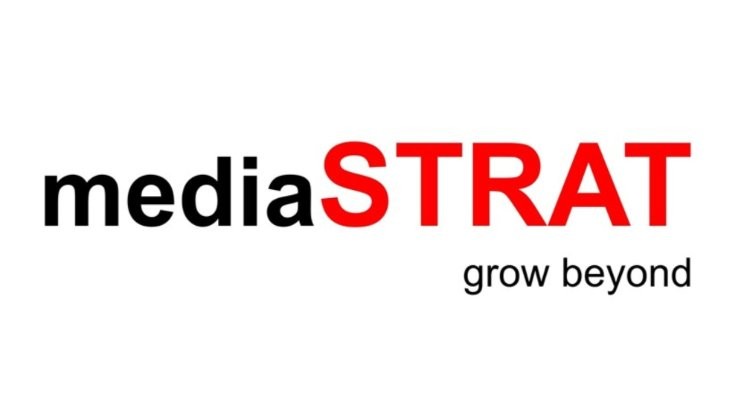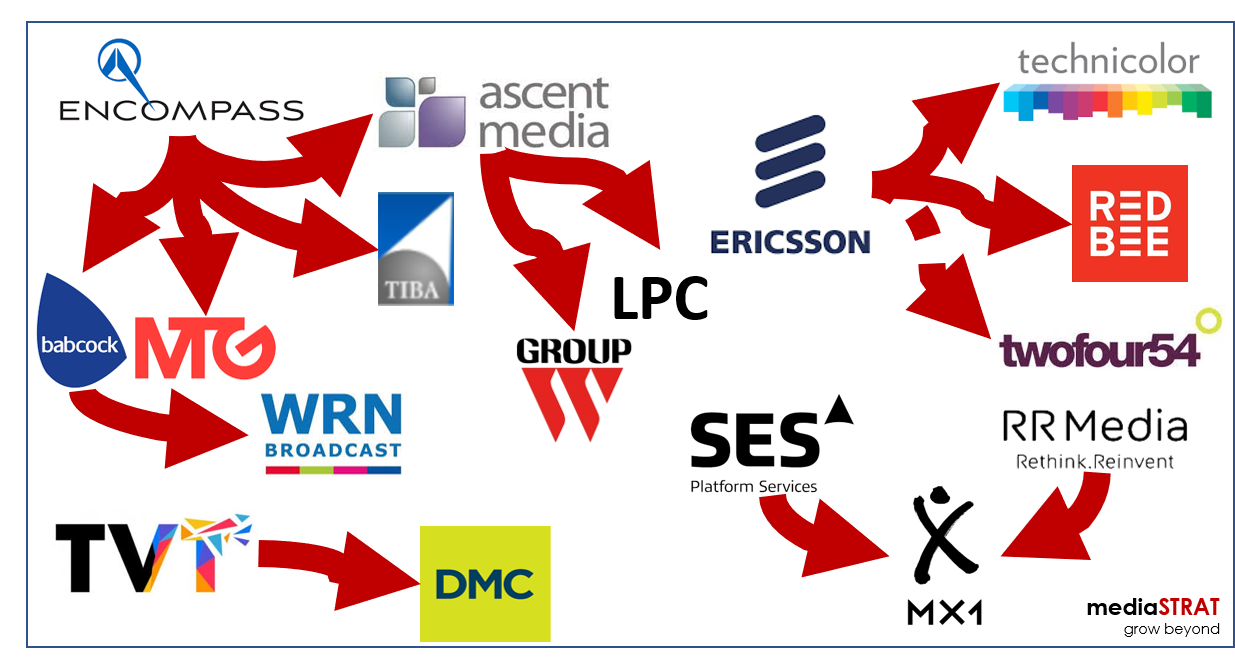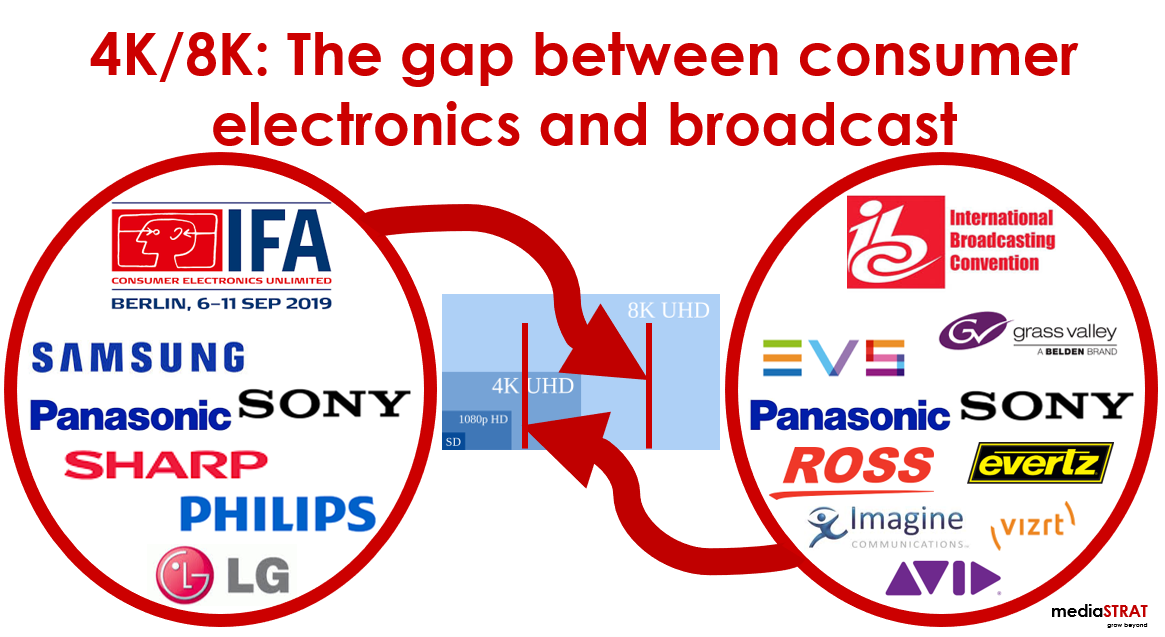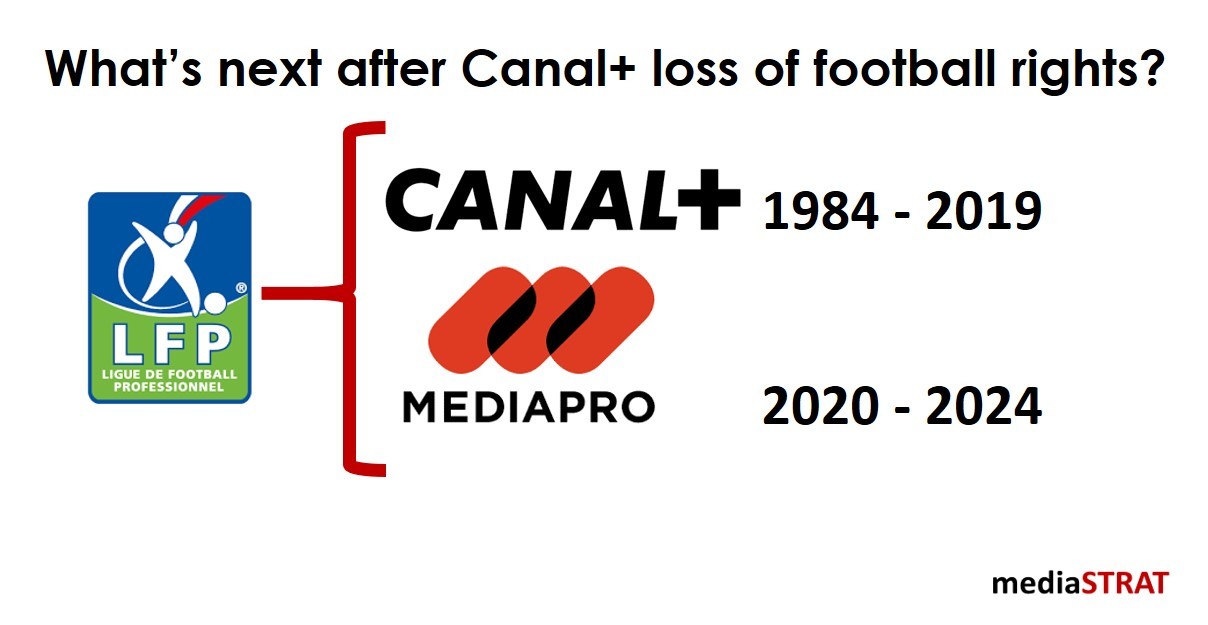One of the particularities of the broadcast industry is the importance of trade shows. An IABM study has shown that vendors were spending up to 70% of their marketing dollars on events and 50% on NAB and IBC alone but were hardly generating any new revenue generating leads. After exhibiting at over 100 tradeshows between NAB, IBC, Cabsat, Interbee, Broadcast Asia, CSTB, BVE, BIRTV,… I can really relate to that. So what especially smaller or new vendor can do to improve and measure the return on investment?
IBC 2015 had 33.000 visitors for 1.600 exhibitors. Assuming that every visitor takes 20 meetings it would mean that each exhibitor gets an average of 400 visitors but anyone who has moved through the halls notices the contrast between some packed mainly larger booth and bored staff desperately waiting for visitors on others.
To evaluate the outcome of the show simply counting the leads is insufficient and requires setting up some metrics that also help compare different shows:
- Measure the impact on the sales funnel: What is the share and value of the projects identified in the pipeline that have been discussed at the show? What is the share and value of existing projects and new leads that are still active or have turned into revenue 6 months later? Has the probability of winning deals in the funnel improved?
- Compare the cost of the show to the time and money that would be required to have all of these meetings one on one at the customer’s premise.
Visitors know that during the show they will be bombarded with sales pitches, shake hundreds of hands and that hordes of smiling staff will fight to scan their badge. Anyone who has scheduled back to back meetings at NAB respectively in the North hall and the back side of the South Upper hall painfully understands the impact of bad workflow planning and the need for proper preparation. Visitors select the exhibitors they want to visit way ahead of the show. It is a combination of must see mainly larger incumbent vendors and some targeted project related special interest meetings. There is a fierce competition among vendors to grab the few remaining time slots.
For larger companies shows are a way to demonstrate their strength and innovation, valorise the visitor by introducing him to key executives but also occupy and entertain him. This explains why even well-established companies have rarely decided not to participate to shows and why smaller and newer companies must prepare and be in touch with targeted accounts way before the show to make the best use of their resources. Exhibiting at a trade show is not the first event in a go to market strategy and most rarely the start of a vendor/prospect relationship but an intermediate milestone and an essential accelerator of a growth strategy.
To learn how we can support your growth plans please contact us on www.mediastrat.tv




